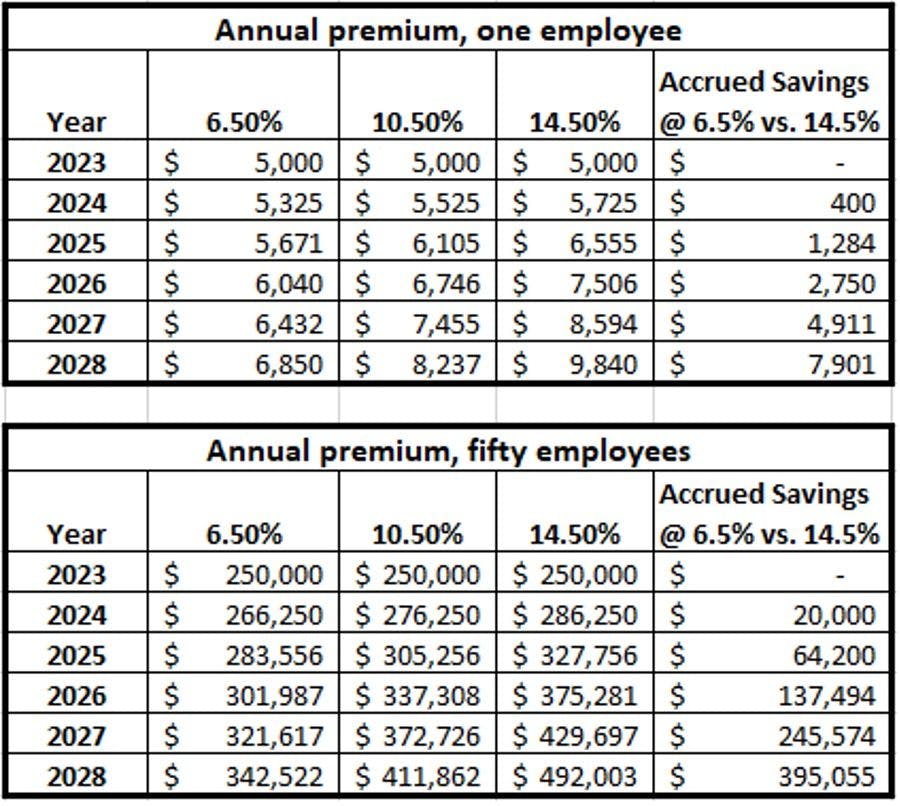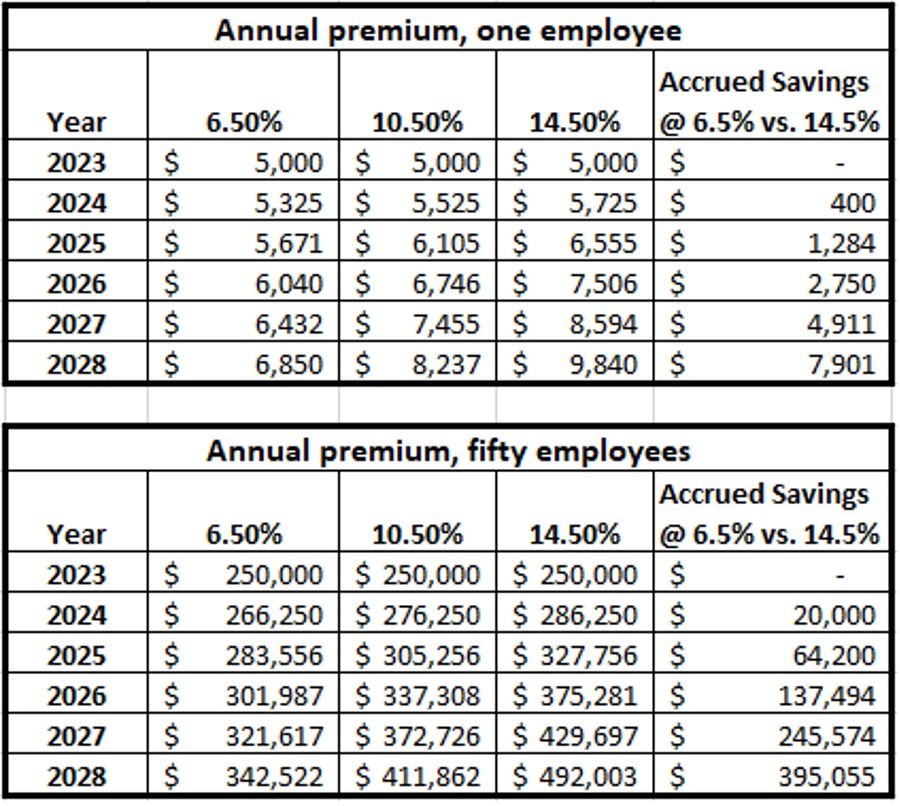Another day in the primary care office: Loads of patients to see, paperwork to get done, and you are so happy you are only 30 minutes behind. Your next patient with obesity, hypertension, and diabetes is doing pretty well. A1C within normal limits, glucoses OK, and he is even losing some weight. You’ve had a great visit and are happy with the excellent care you and your team are providing. But as you are just about to leave the room, your patient says, “Doc, my shoulder has been hurting for the last three months. What should I do?”
You want to help your patient. You would love to ask some questions about their shoulder pain, do a physical examination, and then give your patient some advice. That is what primary care physicians do and that is what your patients want.
But you are already 30 minutes behind, you have five more patients in the waiting room, and your medical assistant knocks on the door to tell you that one of your patients from yesterday was just admitted to the hospital and the hospitalist is on the phone.
So, what do you do?
A reality and dilemma
You don’t have much time or many options to deal with this seemingly minor orthopedic issue. Maybe you send the patient to physical therapy. But patients who go to therapy without a specific diagnosis don’t do as well as those who are referred with a diagnosis. Maybe you order an MRI scan, but you know that MRIs are expensive and are so sensitive that they have lots of false positives or findings with little clinical significance. Or perhaps you just give him a referral to an orthopedic surgeon, knowing that it may take weeks to get an appointment.
This is both a reality and a dilemma that primary care physicians face every day.
As an orthopedic surgeon and site director for the University of Connecticut Family Medicine Program for the past 30 years, I have taught many physicians the basic knowledge and management of musculoskeletal (MSK) disease. And I understand, from first-hand communication, the challenges that our primary care physicians face every day. MSK conditions are a common indication for primary care encounters.
One in three Americans experience
an MSK issue each year – and approximately 10% to
20% of the population presents for an MSK complaint annually. Primary care physicians are in short supply and need support in managing these orthopedic patients.
A way to help
Primary care physicians need help. Online, collaborative virtual orthopedic solutions can be the answer. Virtual MSK companies leverage smart technology and the human touch to effectively manage and triage low- and medium-acuity orthopedic problems. A symptom assessment tool duplicates the doctor-patient interaction by asking relevant questions and using proprietary technology driven by artificial intelligence to generate a differential list of possible conditions. The patient can then read about their condition and access user-friendly self-help programs. For many people, this alone answers their most pressing questions – “What do I have and what do I need to do?” Patients can also immediately talk to a certified athletic trainer (ATC) who will further assess their condition using motion-tracking technology, provide some general advice, and recommend a customized video-based rehabilitation program created by a doctor of physical therapy. ATCs function as their personal care navigator along their entire journey, avoiding troublesome care gaps during recovery. Patients can also set up a telehealth visit with a primary care sports medicine physician or orthopedic surgeon. Imaging studies, braces, and nonopioid medications can be ordered through the platform. If necessary, referrals can be made to brick-and-mortar physical therapy or orthopedic offices.
On the right path
Now let’s revisit that same patient who complained of shoulder pain at the end of their appointment. How would the patient journey look if the primary care physician had access to a virtual orthopedic solution and could refer their patient to their virtual orthopedic provider?
Instead of waiting weeks for an orthopedic visit, the patient could immediately access the symptom checker and have a realistic idea of what their problem might be. The symptom checker’s algorithms were written by orthopedic specialists – in a preliminary study, even without a physical exam or radiographic imaging, the tool was 75% accurate. Rather than risk getting lost in the system, the primary care physician is assured that their patient can immediately talk with a certified athletic trainer to follow them on the road to recovery. Lastly, instead of waiting for weeks, the patient can have a virtual visit with an orthopedic specialist within 24 hours. Imaging studies can be ordered and reviewed with the patient. Within a very short period of time, the patient has an understanding of their condition, receives a customized management plan and, if necessary, can be appropriately triaged.
In short, they are put on the right path from the start.
The primary care physician is always in charge and remains the care team captain – but they now have help in comanaging their patients with orthopedic complaints. The patient benefits from immediate access to high-value orthopedic care, but also knows that their primary care physician is still involved in their care.
A crucial partnership
As payment reform takes hold, advanced primary care organizations will soon pivot to models where they assume total cost of care for a population of patients. As they do, they will no doubt discover that MSK is routinely
one of the three most expensive categories of care (along with cardiometabolic disease and cancer care). Partnering with a virtual MSK solution then becomes even more crucial.
Why? First, primary care physicians need to use their time and resources more prudently to optimally manage their patients with severe and costly chronic medical conditions. Second, in fully capitated payment models, primary care physicians must prevent their patients with low and medium acuity orthopedic issues from accessing care in the most expensive venues – emergency rooms and urgent care centers. Third, they need to avoid ordering unnecessary MRI scans and endless physical therapy visits without a diagnosis. And finally, they certainly don’t need to refer patients to orthopedic surgeons or neurosurgeons for minor MSK or spine complaints. It is well-known that a substantial volume of surgery being performed in the United States every year is both
unnecessary and
potentially harmful.
Effective for health and cost
Given the right tools and a virtual orthopedic partner, much of this unnecessary orthopedic spend can be reduced. In a pilot program with a large employer in Connecticut, Upswing Health’s virtual orthopedic solution reduced the overall utilization of MSK services by 38%, saving this employer almost $1,100 per engaged member.
What primary care physicians and their patients truly need is a virtual orthopedic partner for immediate access to care and to comanage their orthopedic problems. In this relationship, patients are assured that they are on the best pathway to recovery – from the start.
15% Off Medical Practice Supplies
 Manual Prescription Pad (Large - Yellow)
Manual Prescription Pad (Large - Yellow)
 Manual Prescription Pad (Large - Pink)
Manual Prescription Pad (Large - Pink)
 Manual Prescription Pads (Bright Orange)
Manual Prescription Pads (Bright Orange)
 Manual Prescription Pads (Light Pink)
Manual Prescription Pads (Light Pink)
 Manual Prescription Pads (Light Yellow)
Manual Prescription Pads (Light Yellow)
 Manual Prescription Pad (Large - Blue)
Manual Prescription Pad (Large - Blue)
 Manual Prescription Pad (Large - White)
Manual Prescription Pad (Large - White)
__________________________________________________
Appointment Reminder Cards
$44.05
15% Off
$56.30
15% Off
$44.05
15% Off
$44.05
15% Off
$56.30
15% Off


 Manual Prescription Pad (Large - Yellow)
Manual Prescription Pad (Large - Yellow) Manual Prescription Pad (Large - Pink)
Manual Prescription Pad (Large - Pink) Manual Prescription Pads (Bright Orange)
Manual Prescription Pads (Bright Orange) Manual Prescription Pads (Light Pink)
Manual Prescription Pads (Light Pink) Manual Prescription Pads (Light Yellow)
Manual Prescription Pads (Light Yellow) Manual Prescription Pad (Large - Blue)
Manual Prescription Pad (Large - Blue)












